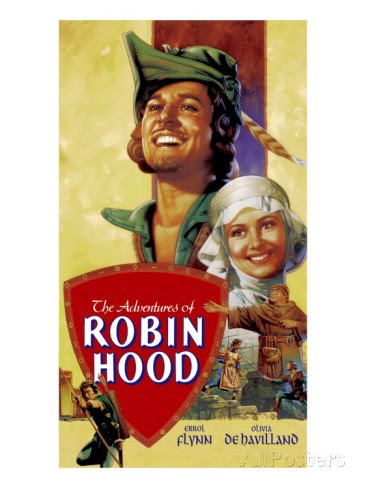That's it. I had heard good things about the horror film It Follows, but by the time I decided to give it a chance, it left the theaters. Guess I'm not used to the concept of an American horror film not sucking. I'm relying more on word of mouth from small film blogs for new movies this year (as opposed to reading reviews at the traditional movie sites), as a by-product of The One Year Switch, and Ex Machina was one such example.
Once the summer movies get going, I expect you'll see me write about more movies here.


























